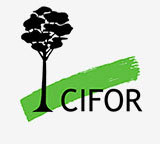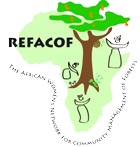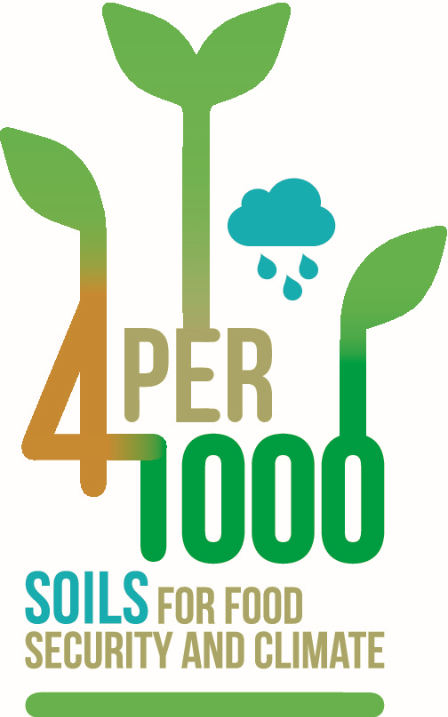In this session, national government representatives will present progress on their national REDD+ strategies and investment plans, showcasing how that experience can assist in other forest-related processes and investments. Emphasis will be placed on moving forward at a faster pace and avoiding pitfalls and earlier errors.
Years of policy learning can be made useful for progress in REDD+, but, more importantly, also for progress in other climate and policy transformations in support of the Sustainable Development Goals. In this session, speakers will move from drawing the broad picture about how different ‚fashions‘ in development come and go, and how it is important to stay a clear strategic course to a more technical intervention on the value of REDD+ safeguards for other policy areas, e.g. for private sector investments into sustainable landscapes. Presenters will highlight the linkages between REDD+ monitoring and stakeholder engagement tools and how this capacity can help countries advance, for example in their restoration efforts.
The main objective of the discussion is to highlight how governments can bring REDD+ and the growing number of other forest policy initiatives together under one strategy umbrella, and how they can design related investment plans. Speakers and participants will reflect on REDD+ experiences and showcase how different ’no regrets‘ investments made in past years have triggered and can support other new policy initiatives.
Key questions addressed:
- What can we learn from REDD+ as a concerted international effort to turn the tables on deforestation based emissions? What worked, what didn’t, what are the stumbling blocks, what is right or wrong about it? Can we extract policy lessons from REDD+ for restoration initiatives or zero deforestation commitments?
- How have different ’no regrets‘ investments made during the past years under REDD+ triggered other new policy initiatives?
- How we can ensure that all the current different forest initiatives pull in the same direction, and that we avoid duplication and re-invention of wheels?
Background reading:






















































